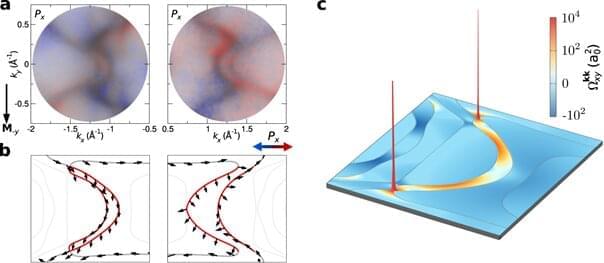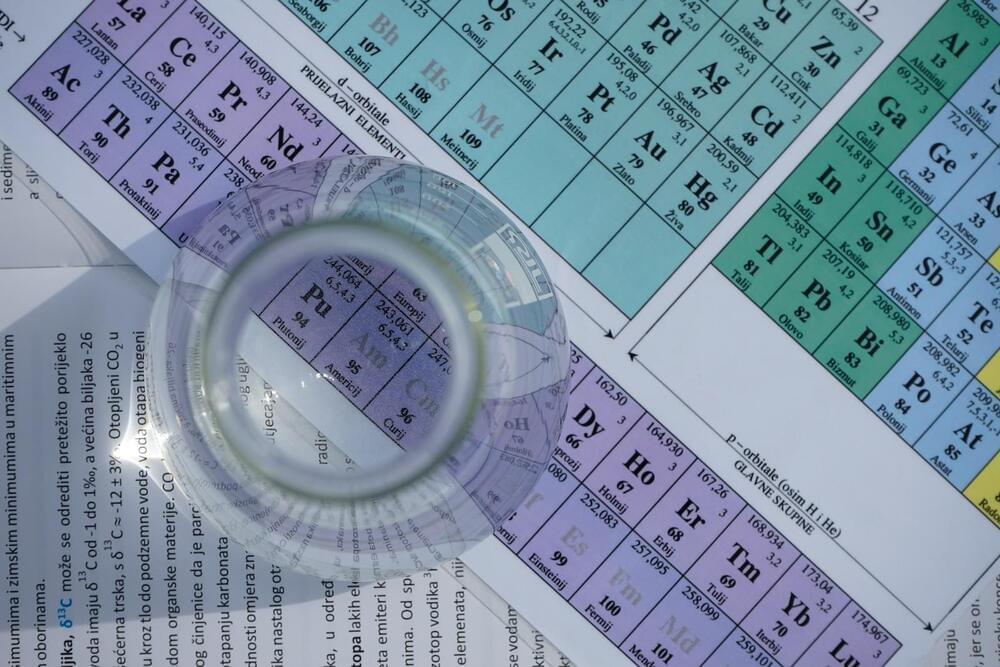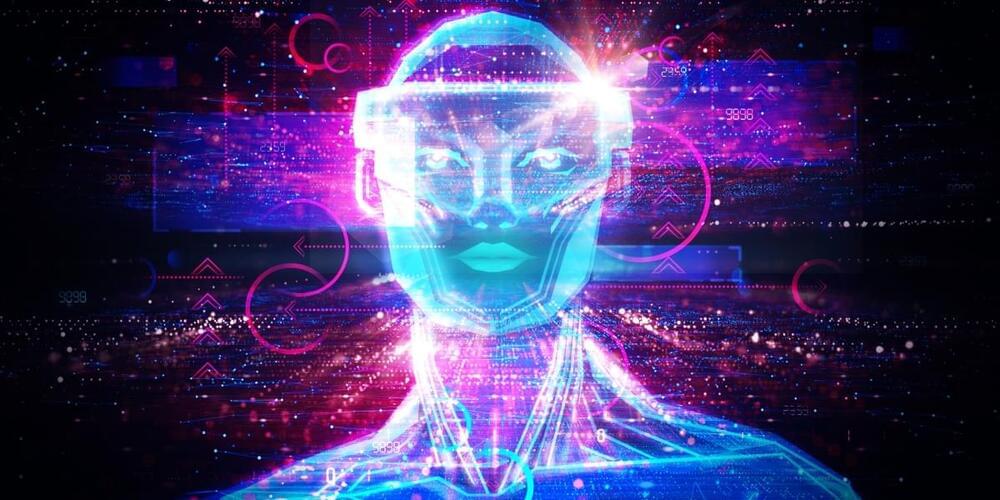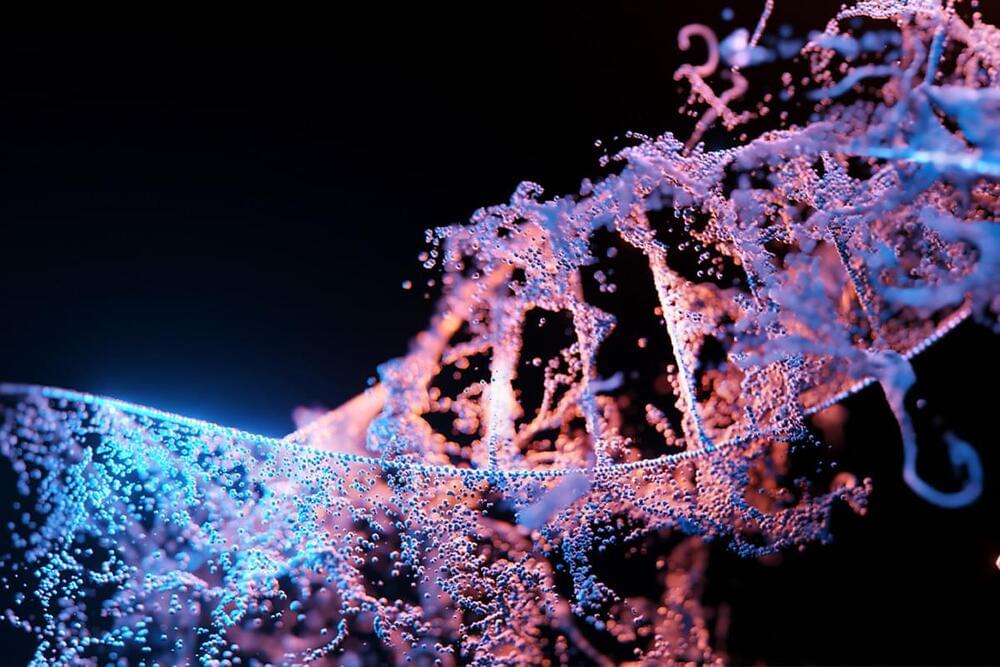Jülich researchers have been able to demonstrate an exotic electronic state, so-called Fermi Arcs, for the first time in a 2D material. The surprising appearance of Fermi arcs in such a material provides a link between novel quantum materials and their respective potential applications in a new generation of spintronics and quantum computing. The results have recently been published in Nature Communications.
The newly detected Fermi arcs represent special—arc-like—deviations from the so-called Fermi surface. The Fermi surface is used in condensed matter physics to describe the momentum distribution of electrons in a metal. Normally, these Fermi surfaces represent closed surfaces. Exceptions such as the Fermi arcs are very rare and often are associated with exotic properties like superconductivity, negative magnetoresistance and anomalous quantum transport effects.
Today’s technology challenge is to develop the “on-demand” control of physical properties in materials. However, such experimental tests have been largely limited to bulk materials and are key grand challenges in condensed matter science. With its groundbreaking paradigm, the findings present a promising new frontier for quantum control of topological states in low-dimensional systems by external means—the external magnetic field that offers unprecedented capabilities on 2D materials for artificial intelligence as well as future information processing.







